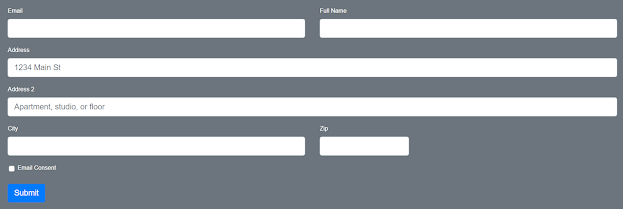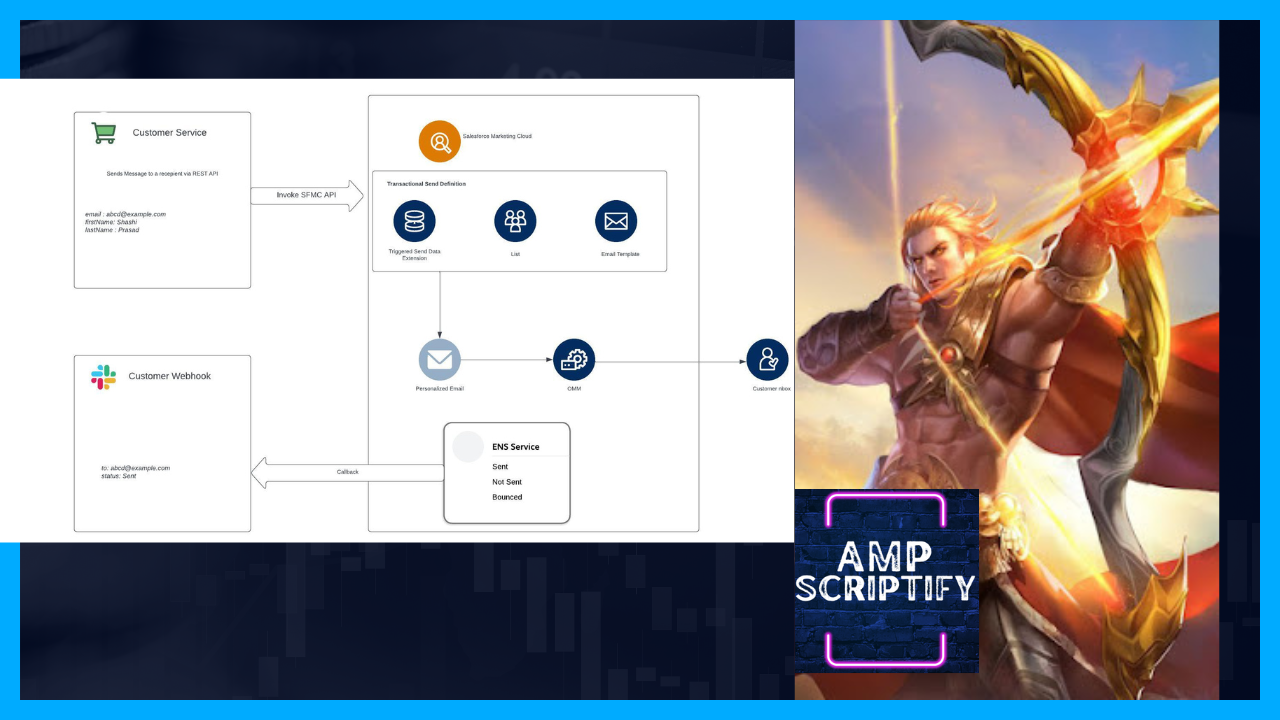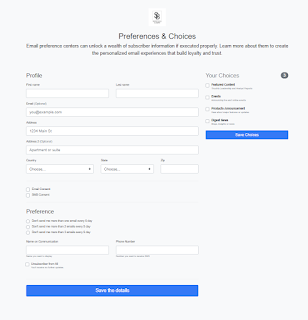Table of Contents:
- Introduction
- System Requirements
- User Access and Roles
- Data Integration
- Email Studio Configuration
- Journey Builder Configuration
- Mobile Studio Configuration
- Advertising Studio Configuration
- Social Studio Configuration
- Analytics Configuration
- Testing and Validation
- Training and Documentation
- Go-Live Checklist
- Support and Maintenance
1. Introduction:
This document provides an overview of the assets and configurations required for the successful deployment of Salesforce Marketing Cloud at [Your Company Name]. It outlines the necessary steps to set up various modules and integrations to ensure a smooth implementation.
2. System Requirements:
Before proceeding with the deployment, ensure that the following system requirements are met:
- Internet access and a compatible web browser
- Valid Salesforce Marketing Cloud account and licenses
- Access to required Salesforce Marketing Cloud features and modules
- Necessary hardware and infrastructure to support the system
3. User Access and Roles:
Define user access and roles within Salesforce Marketing Cloud based on the needs of your organization. Assign appropriate permissions to users, considering different roles such as administrators, marketers, content creators, and data analysts. Ensure that users have the necessary credentials and understand their responsibilities.
4. Data Integration:
To leverage Salesforce Marketing Cloud effectively, integrate it with relevant data sources, such as customer relationship management (CRM) systems, customer data platforms (CDPs), and other databases. Configure data connections, define data import/export processes, and establish synchronization schedules to ensure accurate and up-to-date data in Marketing Cloud.
5. Email Studio Configuration:
Email Studio enables the creation, management, and delivery of personalized email campaigns. Configure the following assets and settings:
- Create email templates, including HTML/CSS designs and dynamic content blocks
- Set up sender profiles and delivery profiles
- Define suppression lists and preference centers
- Configure tracking and analytics options
- Establish email automation and send-time optimization rules
6. Journey Builder Configuration:
Journey Builder allows you to create customer journeys across multiple channels. Configure the following assets and settings:
- Define journey goals and objectives
- Create journey entry and exit criteria
- Design journey flow and decision paths
- Set up email, SMS, push notification, and social media interactions
- Configure decision splits, wait activities, and triggers
- Integrate with external systems for real-time data updates
7. Mobile Studio Configuration:
Mobile Studio enables personalized mobile messaging and engagement. Configure the following assets and settings:
- Set up mobile message templates for SMS and push notifications
- Define mobile message interactions and preferences
- Configure mobile message automation and journeys
- Integrate with mobile app or backend systems for user data and notifications
8. Advertising Studio Configuration:
Advertising Studio allows you to manage targeted digital advertising campaigns. Configure the following assets and settings:
- Connect Advertising Studio with relevant ad networks, such as Facebook, Google Ads, or LinkedIn
- Create and manage advertising audiences based on customer segments
- Design personalized ads and creatives
- Set up ad campaigns and budgets
- Configure tracking and measurement options
9. Social Studio Configuration:
Social Studio enables social media management and monitoring. Configure the following assets and settings:
- Connect Social Studio with social media accounts (e.g., Facebook, Twitter, Instagram)
- Define social listening topics and keywords
- Set up social media publishing and scheduling
- Configure social media monitoring and engagement rules
- Establish social media reporting and analytics
10. Analytics Configuration:
Configure analytics and reporting within Salesforce Marketing Cloud to measure the effectiveness of your marketing efforts. Configure the following assets and settings:
- Define key performance indicators (KPIs) and metrics
- Set up tracking codes and tags for website and landing page analytics
- Configure data integration with Salesforce Marketing Cloud and external analytics platforms (e.g., Google Analytics)
- Create customized reports and dashboards to monitor campaign performance
- Set up A/B testing and optimization capabilities
11. Testing and Validation:
Before going live, thoroughly test and validate the configured assets and configurations within Salesforce Marketing Cloud. Perform the following activities:
- Test email templates across different email clients and devices
- Validate journey flows and decision paths in Journey Builder
- Send test messages and verify delivery and tracking
- Test data integration and synchronization processes
- Verify analytics and reporting accuracy
12. Training and Documentation:
Provide comprehensive training and documentation to users who will be utilizing Salesforce Marketing Cloud. Develop training materials and conduct training sessions to familiarize users with the platform's features and functionalities. Create detailed documentation, including user guides, FAQs, and troubleshooting guides, to assist users in their day-to-day operations.
13. Go-Live Checklist:
Before launching Salesforce Marketing Cloud, ensure that the following items are reviewed and checked off:
- All assets and configurations are properly set up and validated
- User access and roles are assigned correctly
- Data integration and synchronization processes are functional
- Testing and validation activities have been completed
- Training and documentation have been provided to users
- Any necessary approvals or legal requirements have been addressed
14. Support and Maintenance:
Establish support and maintenance processes to address any issues or questions that may arise during the usage of Salesforce Marketing Cloud. Provide contact information for users to reach out for assistance. Regularly review and optimize configurations to ensure optimal performance and alignment with business goals.
Note: This deployment document provides a general framework for Salesforce Marketing Cloud deployment. It is recommended to tailor the document to fit the specific needs and requirements of your organization.







Comments
Post a Comment